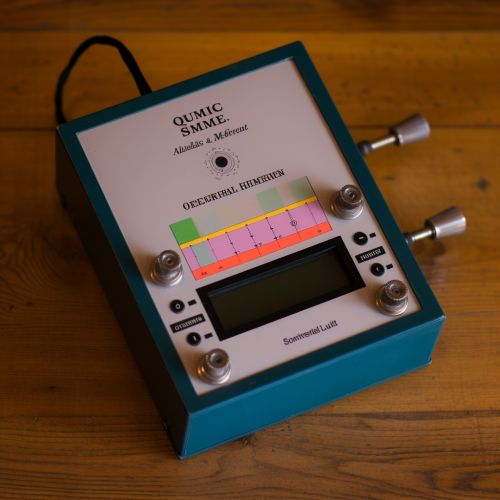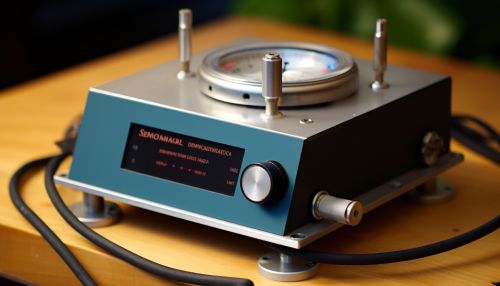Quantum Non-Demolition Measurement
Introduction
Quantum non-demolition (QND) measurements are a class of quantum measurements that allow the measurement of a quantum system without destroying the quantum state of the system. This is in contrast to traditional quantum measurements, which are often destructive and cause a collapse of the quantum state. QND measurements are a fundamental aspect of quantum information science and quantum computing, and they play a crucial role in quantum error correction, quantum cryptography, and quantum communication.
Quantum Measurement Problem
The quantum measurement problem is a fundamental issue in quantum mechanics that arises from the apparent conflict between the unitary evolution of a quantum system and the process of quantum measurement. According to the postulates of quantum mechanics, the state of a quantum system evolves in time according to the Schrödinger equation, which is a linear and unitary process. However, during a measurement, the state of the system appears to "collapse" into a definite state, which is a non-unitary process. This apparent conflict is known as the quantum measurement problem.
QND measurements provide a solution to the quantum measurement problem by allowing the measurement of a quantum system without causing a collapse of the quantum state. This is achieved by coupling the system to a quantum meter, which is a second quantum system that is used to perform the measurement. The interaction between the system and the meter is designed in such a way that the state of the system is transferred to the meter without disturbing the system.


Principles of Quantum Non-Demolition Measurements
The principles of QND measurements can be understood in terms of the Heisenberg uncertainty principle, which states that the product of the uncertainties in the position and momentum of a quantum particle cannot be less than a certain minimum value. This implies that a measurement of the position of a particle will necessarily disturb its momentum, and vice versa. However, it is possible to design a measurement that does not disturb the quantity being measured, which is the basis of QND measurements.
A QND measurement involves two steps. First, the system is prepared in a superposition of eigenstates of the observable to be measured. Then, the system is coupled to a quantum meter, which is also prepared in a superposition of eigenstates. The interaction between the system and the meter is designed in such a way that the state of the system is transferred to the meter without disturbing the system. This is achieved by ensuring that the interaction Hamiltonian commutes with the observable to be measured.
Applications of Quantum Non-Demolition Measurements
QND measurements have a wide range of applications in quantum information science and quantum computing. In quantum error correction, QND measurements are used to detect and correct errors without disturbing the quantum state of the system. In quantum cryptography, QND measurements are used to detect eavesdropping attempts by measuring the quantum state of the communication channel without disturbing it. In quantum communication, QND measurements are used to transmit quantum information over long distances without loss of coherence.
Challenges and Future Directions
Despite the significant progress in the development of QND measurements, there are still many challenges to be overcome. One of the main challenges is the requirement for strong coupling between the system and the meter, which is difficult to achieve in practice. Another challenge is the requirement for high measurement precision, which is limited by the quantum noise of the meter.
Future research in QND measurements is expected to focus on the development of new techniques for strong coupling and high-precision measurement, as well as the application of QND measurements in new areas of quantum information science and quantum computing.
